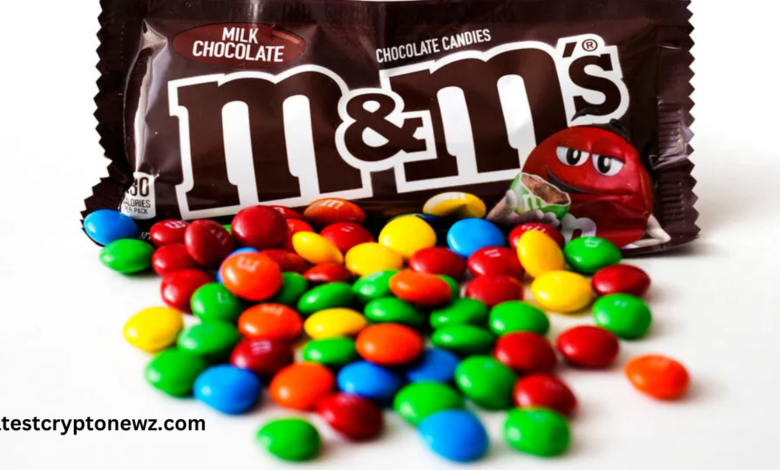Color and Confections: The Significance of the Green M&M in Pop Culture

Introduction
In the colorful world of candies, few have garnered as much attention and intrigue as the green M&M. Since its introduction, this vibrant confection has transcended its role as just another flavor in the pack, becoming a cultural icon in its own right. This article explores the evolution of the green M&M, its impact on pop culture, and its color’s underlying significance in marketing and consumer perception.
The History of M&Ms and the Birth of the Green Character
M&Ms were first introduced in 1941 as a convenient way for soldiers to carry chocolate without it melting. The original colors included red, yellow, green, brown, and violet. However, the green M&M would eventually take on a life of its own. Introduced as one of the original colors, the green M&M has remained a staple, even as other colors were retired or added.
The Cultural Evolution of the Green M&M
The green M&M became a cultural icon during the 1970s. Rumors began to circulate that green M&Ms had aphrodisiac properties, enhancing the candy’s allure and mystique. Whether by accident or clever marketing, this myth catapulted the green M&M into a symbol of playfulness and seduction. In 1997, this persona was solidified with the introduction of the “Green” character in M&M’s advertisements, portrayed as a sassy and confident female character, further distinguishing it from its peers.
Marketing Genius: The Role of Color in M&M’s Brand Strategy

Color psychology plays a crucial role in marketing, with colors capable of invoking specific emotions and actions from consumers. Green, often associated with freshness, tranquility, and health, is an odd choice for a candy. Yet, for M&Ms, green represents something unique and slightly risqué, helping it stand out in a sea of traditional sweets. The branding around the green M&M effectively uses color psychology to alter consumer perception and create a distinct brand identity.
Impact on Pop Culture
The green M&M has been featured in everything from fashion to art installations, proving its versatility as a pop culture icon. Limited edition releases and collaborations with artists and fashion brands have turned it into a collector’s item. At the same time, its appearance in mainstream media, from TV shows to music videos, highlights its pervasive influence.
The Legacy and Continuing Popularity of the Green M&M
The green M&M continues to be a popular figure in M&M’s advertising campaigns. Its legacy is marked by its evolution from a simple candy to a symbol of modern marketing and cultural representation. As societal norms and cultural contexts shift, the green M&M remains relevant, adapting to new trends and audiences.
Conclusion
The green M&M is more than just a piece of candy; it is a cultural phenomenon that illustrates the power of effective marketing and the importance of color in consumer products. As it continues to evolve, the green M&M remains a symbol of how a simple confection can become an enduring part of popular culture.
FAQs
- What is the significance of the green M&M in pop culture?
- The green M&M is significant in pop culture due to its evolution from a simple candy color to a symbol of playfulness and allure, propelled mainly by myths about its aphrodisiac qualities and its unique branding as a sassy and confident character.
- Why was the green M&M rumored to have aphrodisiac properties?
- The rumor about green M&Ms having aphrodisiac properties began as an urban legend in the 1970s. It was never based on scientific evidence but became a popular notion that enhanced the candy’s intriguing and playful image.
- How does color psychology impact the branding of the green M&M?
- Color psychology is critical in branding the green M&M. Green is traditionally associated with freshness and health. Still, in the context of M&Ms, it has been repositioned to evoke uniqueness and a bit of risqué charm, which helps it stand out from other colors.
- What role has the green M&M played in marketing?
- Green M&M has played a significant role in marketing by being at the center of unique campaigns highlighting its distinct character. This has included special editions and media appearances that keep the brand relevant and engaging.
- Can you provide examples of the green M&M in mainstream media?
- The green M&M has appeared in numerous television ads, often characterized by its witty and bold persona. It has also been part of various promotional tie-ins with movies, special edition packaging, and even fashion collaborations, further cementing its status in pop culture.
You May Also Read: https://latestcryptonewz.com/
